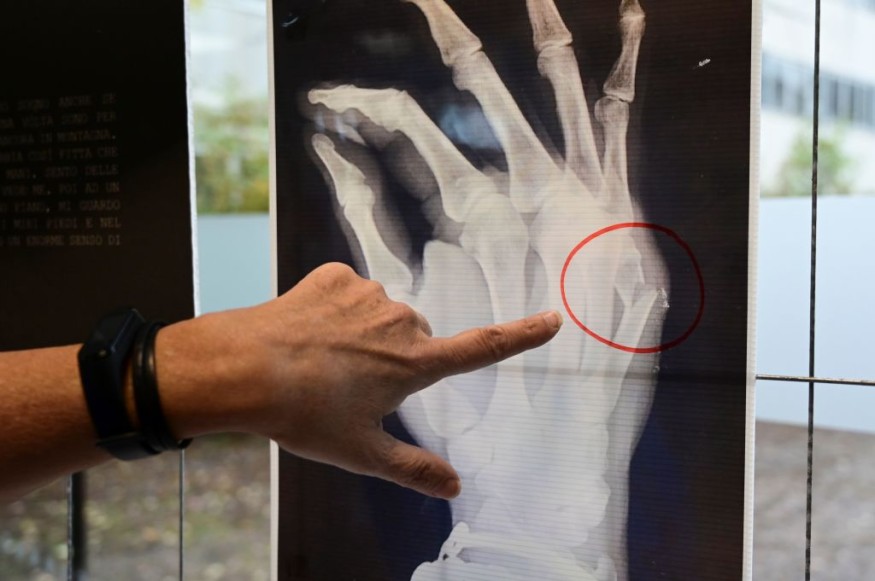A new study has developed little robots that could rebuild their own bone using the biotechnology embedded in their system. The 'microrobots' were designed with a structure similar to the skeleton of humans, which allows them to reproduce the contents and grow their artificial parts during bone treatments.
The research was a collaborative effort of the Linkoping University and the Okayama University. The model utilizes a combination of materials that lets the system morph into various shapes. The shapes eventually harden over time, producing a substantial material comparable to a fontanelle.
The materials from the model are molded through its soft components just before it hardens. The process was inspired by the natural phases a human skeleton undergoes when developing solid bones.
Fontanelles: How Human Skeleton Develops

The human skull normally contains several gaps of soft tissues. These materials, called fontanelles, fill up and connect the spaces of the skull for the protection of the brain. Among the important benefits of having fontanelles is that it allows the whole skull to be deformed during child delivery upon birth. Due to its flexibility, the head of a newborn could fit and pass through the narrow passage of a mother's birth canal.
The fontanelle gradually changes into a harder bone after birth. The characteristics of the tissue fascinated the experts, leading to a development of a novel technology that heavily resembles how fontanelles work.
Linköping University Department of Physics, Chemistry, and Biology (IFM) expert Edwin Jager, who authored the study, said in a EurekAlert report that their team wanted to take advantage of the unique bone properties to be able to develop a material that can undergo various transitions periodically. The expert said that the materials needed to be flexible and soft, and should harden when locked in a certain form.
Microrobots and Plasma Membrane Nanofragments
According to the authors, the bone-like concept could be utilized to address complicated human bone issues, including fractures. One potential way to have the treatments delivered to the damaged skeletal part is by administering microrobots. The microrobots can be applied to affected bone regions and develop a new set of rigid bones through a thin syringe.
The concept was first brought up when Jager's path intersected with Okayama University's Department of Biomaterials expert Emilion Hara. Along with fellow scientist Hiroshi Kamioka, Hara discovered a certain kind of biomolecule that can stimulate bone growth in just a short amount of time.
The microrobots presented in the latest research aim to serve as a treatment for bone healing. The tiny bio-robots contain gel materials known as alginate, which was attached with a specific biomolecule responsible for hardening. These biomolecules or plasma membrane nanofragments (PMNFs) were collected from a cell membrane correlated to the development of human bones.
The microrobots were designed to bend and maneuver in various directions when voltage is applied. It allows the biotechnology to get in the affected area or even wrap on bones to grow itself based on the patient's skeletal structure without the need for remote steering. Further studies will be made to determine how the microrobots will work with living cells. The study was published in the journal Advanced Materials, titled "Biohybrid Variable-Stiffness Soft Actuators that Self-Create Bone."
Read also: Colloidal Crystals: New Study Reveals Nanoparticles Can Be Programmed Through This Nanomaterial Type
Check out more news and information on Nanotechnology in Science Times.












